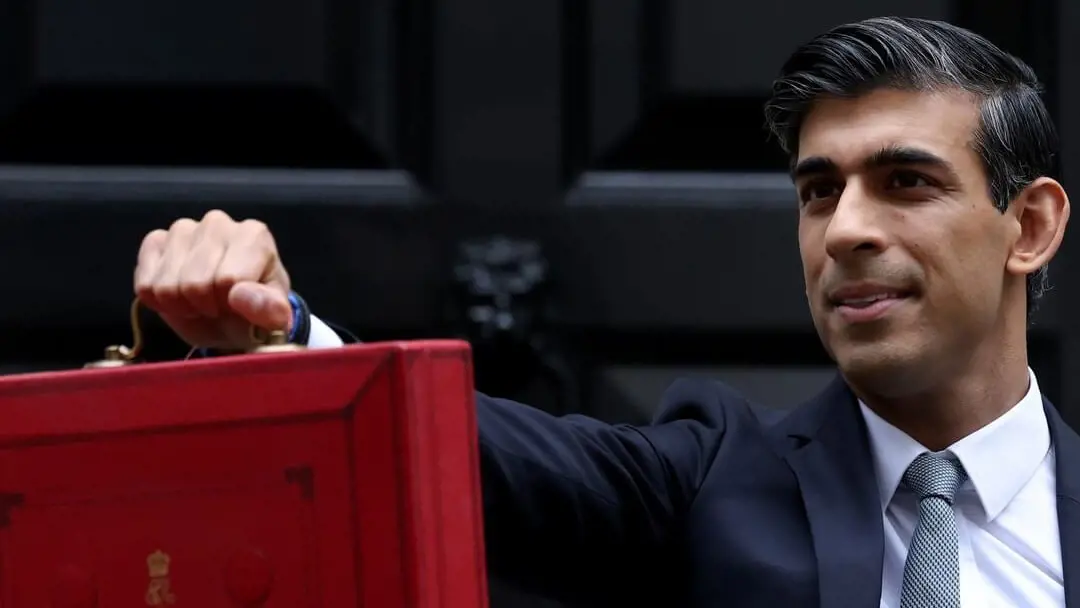You’d be forgiven for thinking that there wasn’t much left for Rishi Sunak to announce at today’s
Budget – his second this year – given the degree of pre-briefing by HM Treasury officials and various ‘leaked’ announcements over recent days. But such was the packed agenda – new forecasts from the Office for Budget Responsibility (OBR), the outcome of the delayed departmental Spending Review as well as the Autumn Budget itself – it was perhaps inevitable in order to create as much airtime as possible.
One of the most important elements of all the early news was actually last week’s
figures from the Office for National Statistics that revealed a reduction in government borrowing levels (£7 billion less than last year’s high water mark, but the second highest since the early 1990s), largely reflecting the rebound in economic growth and strong labour market over recent months boosting tax receipts for the Treasury. Coupled with upward revisions by the OBR to UK economic growth
forecasts (6.5% for 2021, up from 4%) released today, the Chancellor found some extra room to manoeuvre than he might have expected back at the time of the March Budget. The quicker than expected rebound does mean that growth in 2022 is now forecast to be slightly lower, at 6%.
Notwithstanding, the state of the public finances is still far from straightforward. The public sector’s net debt excluding public sector banks amounted to £2.2tn in September, equivalent to about 95% of the country’s entire gross domestic product, a proportion last seen in the early 1960s. While the OBR is now taking a more optimistic view on the long-term effects of the pandemic on the economy – cutting its estimate of the “scarring” effects from 3 to 2% of GDP – which will also give some more fiscal headroom, other factors still risk clouding the outlook, such as rising interest rates which could substantially increase the costs of servicing that debt. And all that comes before the various extra spending commitments that had already been made over recent months, for example to the NHS.



